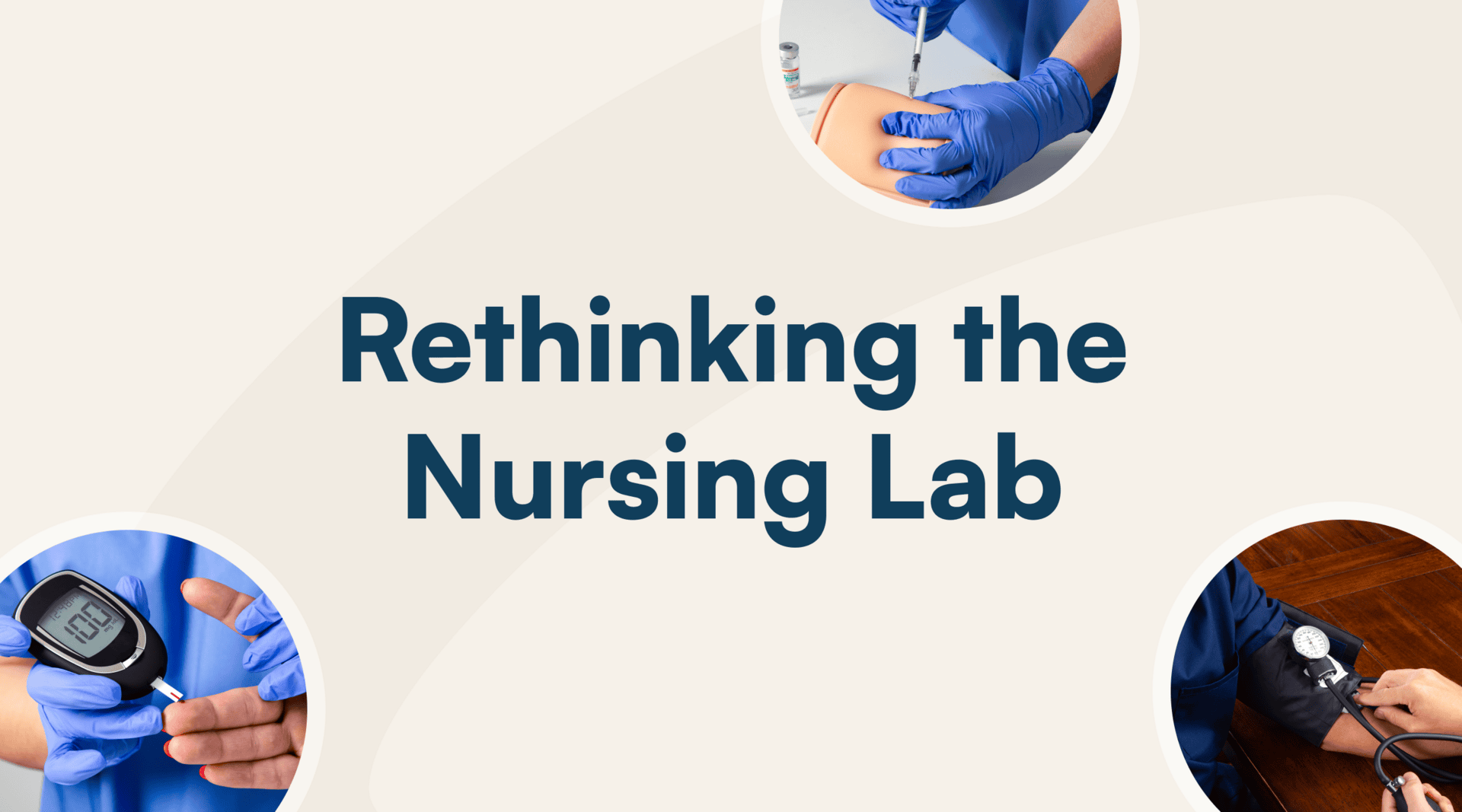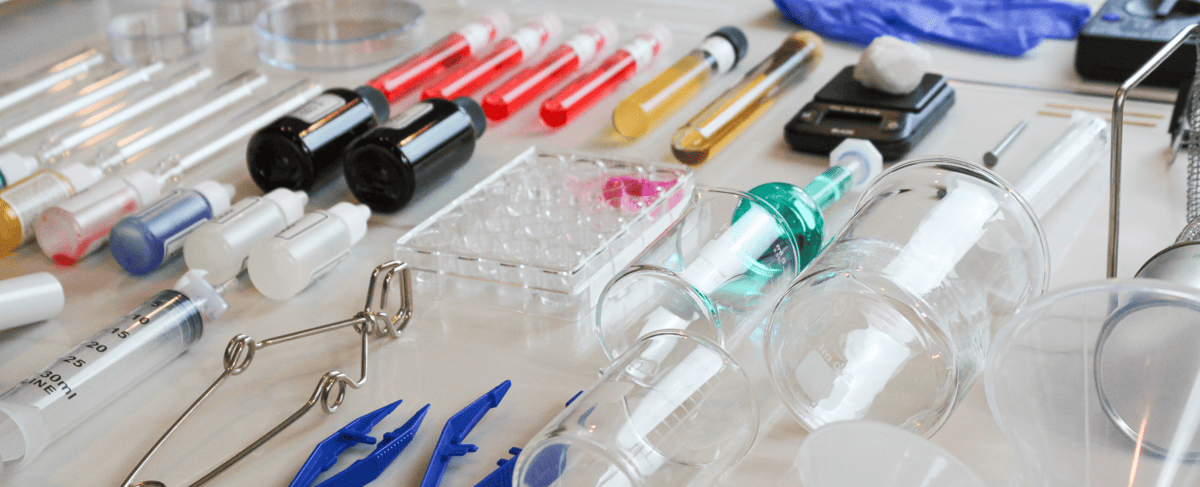We all experience the world in unique ways, and with that comes variation in the ways we learn. Understanding the different types of learning styles in education can significantly impact the way instructors manage their courses and students, set up group projects, and adapt individual learning. Some students work best with diagrams. Others process concepts best through audiobooks or lectures. Still others feel most engaged while working with their hands. Without understanding and acknowledging these different ways of learning — especially important for online learning — you could end up with a handful of students lagging behind—in part because their learning style hasn’t been activated.
Researchers continue working to understand how we learn differently and what characteristics distinguish the core styles of learning from one another. The term ‘learning style’ refers to the preferential way in which a student absorbs, processes, comprehends, and retains information.
Gaining momentum in the 1960s through tests like the Myers-Briggs Type Indicator, the theory around learning styles in education posited that different students learn best when information is presented to them in a particular way. This theory was popularized in 1992 when Fleming and Mills suggested a new model of learning, the VARK Model, which is used to explain the different ways that students learn.
- Kinesthetic
- Visual
- Auditory
- Reading and Writing
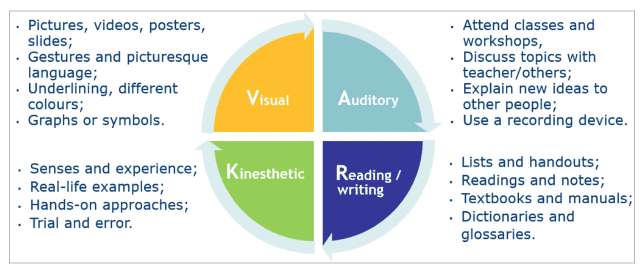 Source: http://vark-learn.com
Source: http://vark-learn.com
Each of these learning styles is marked by key characteristics, and it is up to the instructor to adjust lessons and instruction for the students you are working with at any given time — an especially tall order for online instructors who aren’t able to leverage the benefits of in-person connection and interaction. And when it comes to online or virtual science labs — an area of study not traditionally thought of as doable online — this job gets especially challenging.
Here, we explore the four core learning styles in education, and how online science instructors can activate each learning style using a combination of digital and hands-on science labs.
Kinesthetic Learning
How to recognize kinesthetic learners: Kinesthetic learners, sometimes called tactile learners, learn through experiencing or doing things. According to VARK, 22% of learners prefer a kinesthetic learning experience over all other styles of learning. When allowed a combination of learning styles, 87.1% of people included kinesthetic learning as one of their preferences. They like to get involved by acting out events or using their hands to touch or handle in order to understand concepts. These types of learners might even struggle to sit still and often excel at sports or like to dance.
How to activate kinesthetic learning: The best way instructors can help these students learn is by getting them moving. Try encouraging students by incorporating movement into lessons like pacing to help memorize or learning activities that involve moving about their room.
For your online science labs, hands-on experiments are a must for this set of learners. Science Interactive’s hands-on lab solutions include physical kits that allow all students to get a tactile learning experience — even when they’re online.
The lab kits are carefully designed to ensure that neither kinesthetic nor any other kind of learner ever feels restricted during scientific learning. The kits help students visualize complex concepts and processes while working with their hands to touch, feel, and smell the physical materials of a real-world laboratory. The kits include anything from state-of-the-art lab equipment to small-scale quantities of chemicals — whatever a lab experiment may safely require.
Couple the hands-on components of your labs with interactive lessons. For example, Science Interactive’s digital periodic table allows students to color-code different element groupings, and includes interactive illustrations and videos that demonstrate various concepts and principles. Once kinesthetic learners can physically sense what they’re studying, abstract ideas and difficult concepts become easier to understand.
See the Benefits of Hands-On Lab Solutions
Visual Learning
How to recognize visual learners: Someone with a preference for visual learning is partial to seeing and observing things, including pictures, diagrams, written directions, and more. This is also referred to as the “spatial” learning style. Studies have shown that the majority of people are visual learners, with 65% of individuals saying they learn best through visual means. These learners are your doodling students, your list makers, and your notetakers.
How to activate visual learners: The whiteboard, smartboard, or poster board is your best friend when teaching these types of learners. Give students opportunities to draw pictures and diagrams, or ask students to doodle examples based on the topic they’re learning. Instructors looking to activate visual learners should consider using presentations and multimedia. Visual learners may also need more time to process material, as they observe the visual cues before them.
Visual learners are more likely to remember, retain, engage, and apply information that they have seen — which for online science instructors means incorporating a healthy amount of visual aids into your lessons is a must. To do that, consider a content delivery and lab management platform — like Science Interactive — that allows you to use videos, images, and other multimedia to explain complex concepts and walk students through a lesson. Science Interactive also gives students the opportunity to engage visually with materials using real or virtual microscopes. Multimedia, coupled with the same hands-on activities that support kinesthetic learning, will help visual learners better process and connect concepts from your lessons to the real world.
Learn More about a Multimedia-based Lab Management Platform
Auditory Learning
How to recognize auditory learners: Auditory learners tend to learn better when the subject matter is reinforced by sound. These students would much rather listen to a lecture than read written notes or presentations, and they often use their own voices to reinforce new concepts and ideas. These types of learners prefer reading out loud to themselves. They aren’t afraid to speak up in class and are great at verbally explaining things.
How to activate auditory learners: Since these students generally find it hard to stay quiet for long periods of time, get your auditory learners involved in the lesson by asking them questions and having them repeat new terms and concepts out loud.
In your virtual science courses, consider invoking group discussions so your auditory and verbal processors can properly take in and understand the information they’re being presented with. Watching videos and using music or audiotapes are also helpful ways of learning for this group. At a minimum, always be sure to include lessons that students can listen to, and look to expand opportunities for students to vocally problem solve. Again, using sound-based multimedia, like videos, song, and mnemonic devices, is an effective way to support auditory learners.
Reading and Writing Learning
How to recognize reading/writing learners: The reading/writing learner is sometimes thought of as a sub-type of visual learner. These learners find writing, reading articles, and taking notes to be most helpful when learning. These learners are drawn to expression through writing, reading articles or books, writing in diaries, looking up words in the dictionary, and searching the internet for just about everything.
How to activate reading/writing learners: You can capitalize on this learning style by writing discussion board posts in your courses, reading from your textbooks or notes, and writing down definitions. Many times reading and writing learners find it helpful to write down concepts multiple times in order to grasp and retain new information. Be mindful about allowing plenty of time for these students to absorb information through the written word, and give them opportunities to get their ideas out on paper.
But beware, when it comes to your online science labs, don’t assume that a rigid PDF-based lesson will suffice. This learning style emphasizes text-based input and output – reading and writing in all of its forms, and a strong reading/writing learner often needs a combination of resources to effectively understand a concept. A great way to help these students learn is by having them describe diagrams or charts using written statements. Then, they can study their notes later to better retain the information. They will also want to discuss or witness a concept, then use written language to fully process the concept.
When you use Science Interactive’s hands-on and digital labs with its rigorous digital curriculum, students will be asked to read and understand data, enter analysis into tables, and write up their findings in lab reports that they will submit — all tasks that suit a reading and writing learning style.
Explore our Quality Matters-Certified Curricula
Embrace All Learning Types in Education
Ask any educator, and they will tell you how important it is to embrace every student’s learning style so that each student gets the best experience in their courses. When it comes to online course creation, this remains true. And understanding and working to activate these different learning styles through the online modality doesn’t end when your course ends. Pinpointing how a student learns best can dramatically affect their ability to connect with the topics you’re teaching, as well as how they participate and engage. By opening up each student to a variety of tools and tactics for learning — including ways that suit their own preference — instructors are empowering students to own their learning and setting them up for future success.
Now that you have some tactics in your back pocket to accommodate the different learning styles in education, consider the activities, lessons, and technology you’ll use to activate those styles of learning. That’s where Science Interactive comes in. Our hands-on lab kits, rigorous digital curriculum, and easy-to-use lab management platform have been designed to deliver an inclusive and comprehensive approach to teaching and learning science online.
If you’re facilitating online science labs and looking to expand inclusion by activating the different learning styles of your students, we can help.
Discover more articles
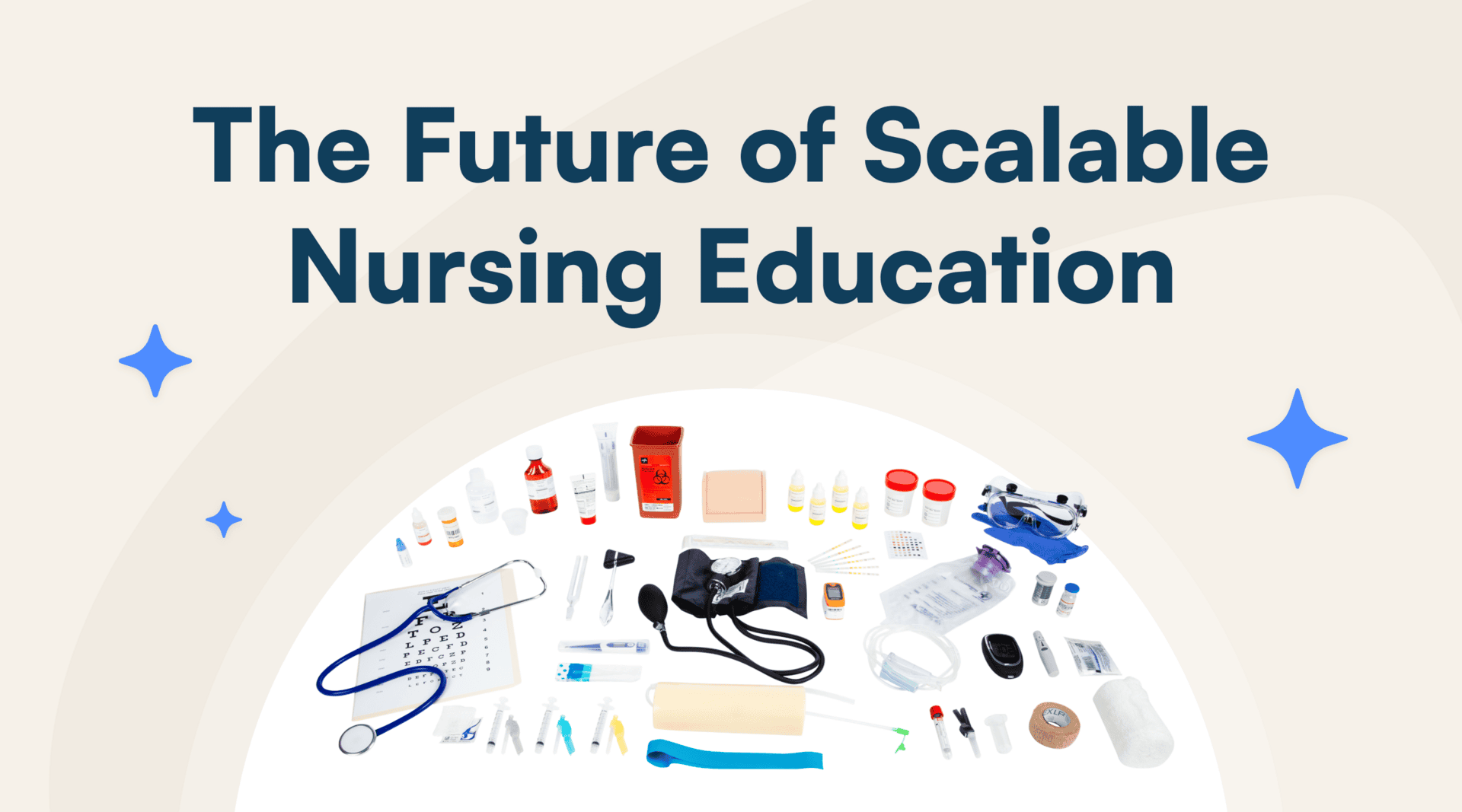
Science Interactive Launches New Nursing Fundamentals
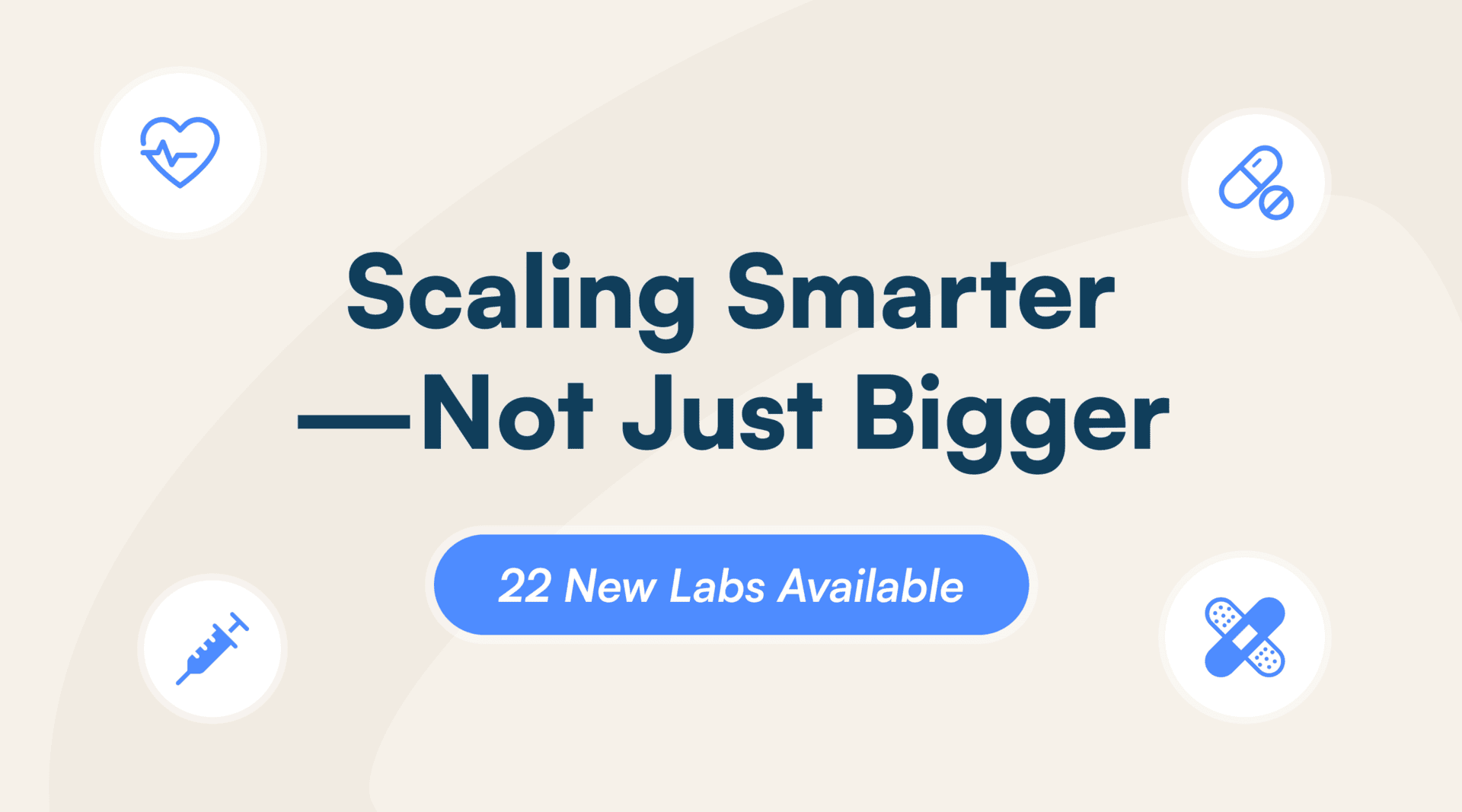
What Clinical-Ready Actually Looks Like (And How to Get There Sooner)
